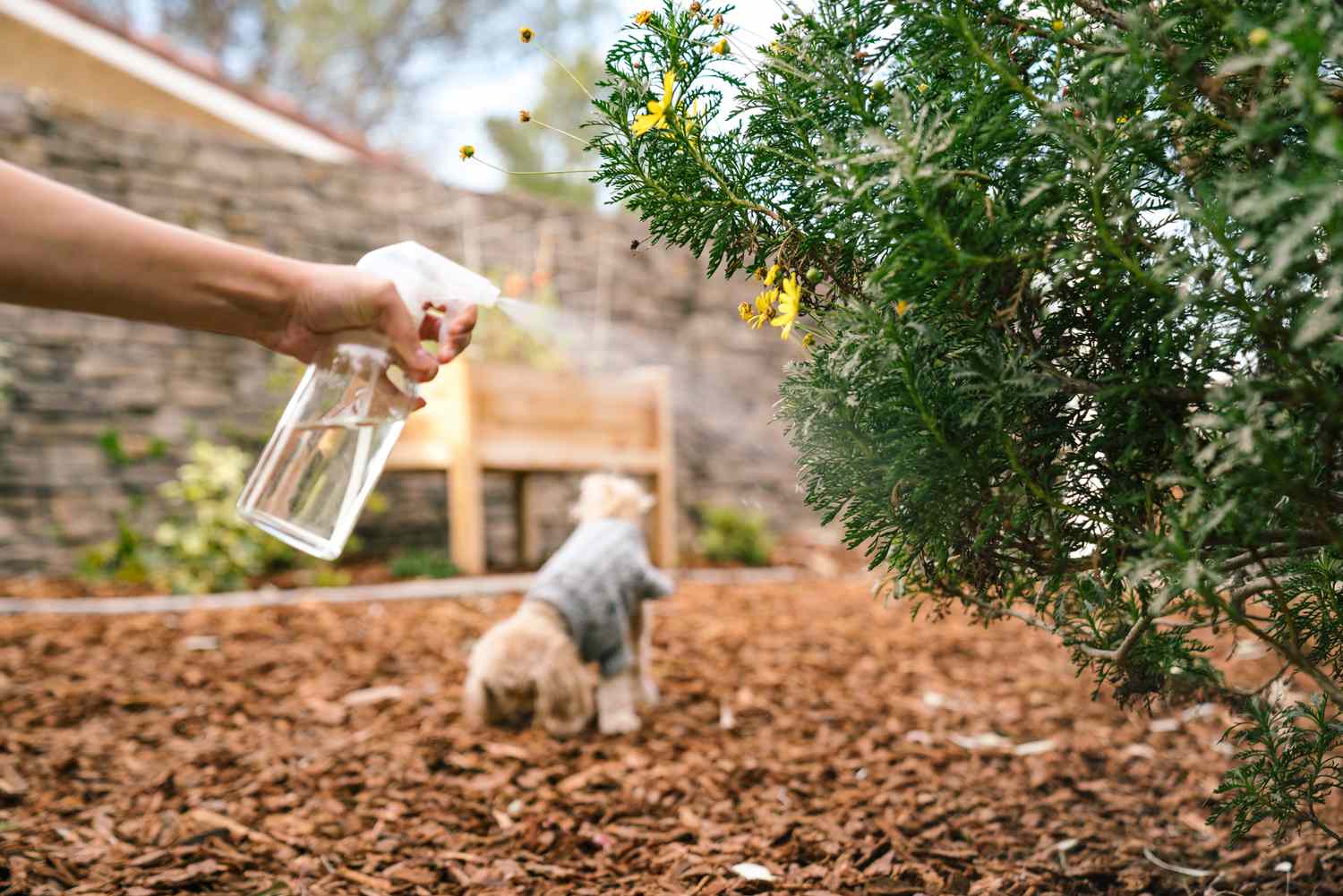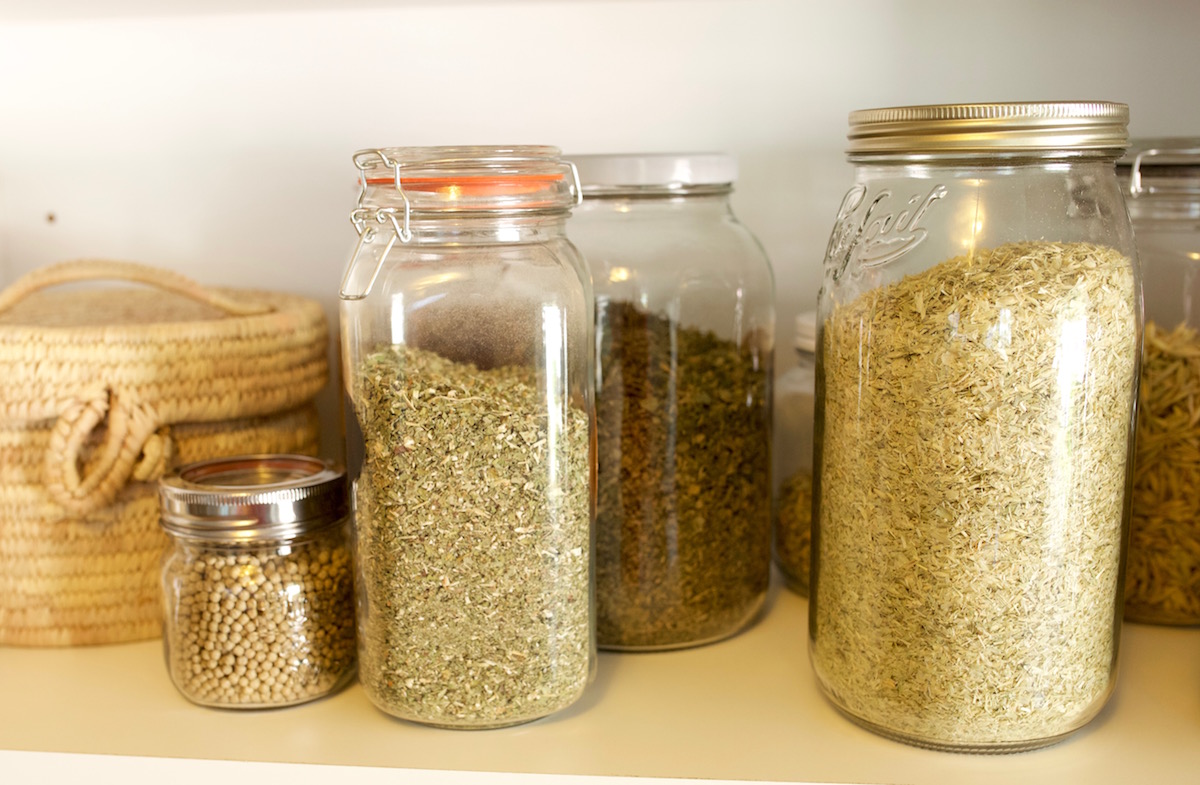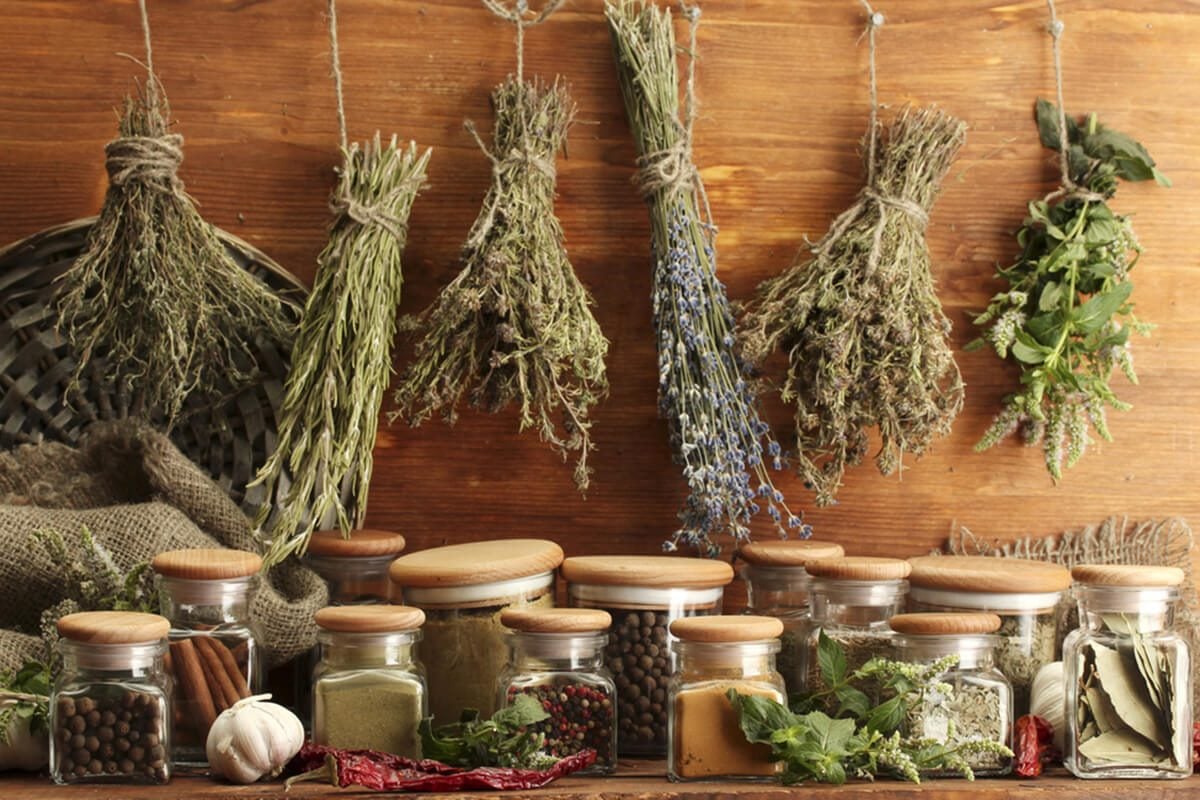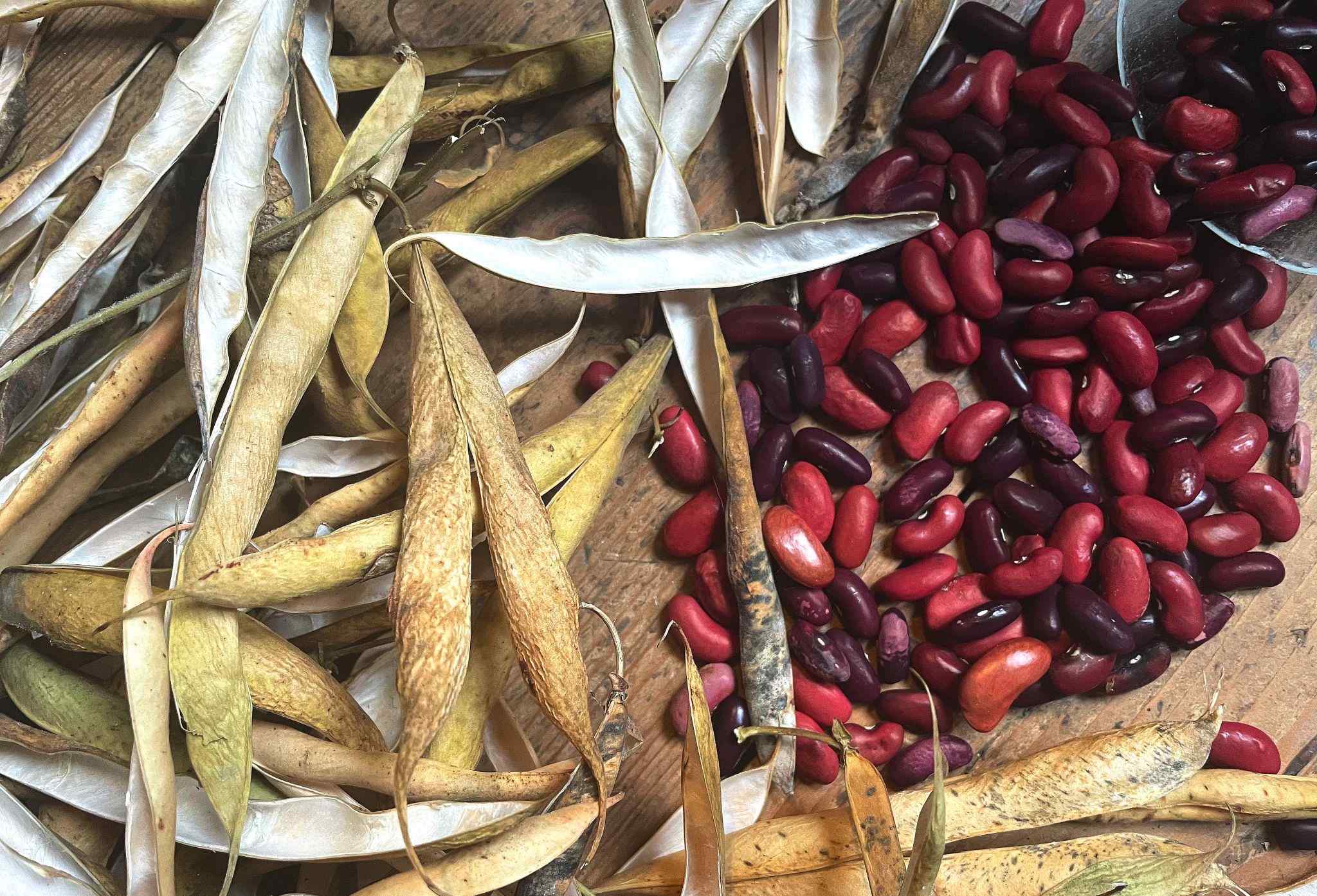Home>Gardening Techniques>Plant Care>How To Dry Out Succulents
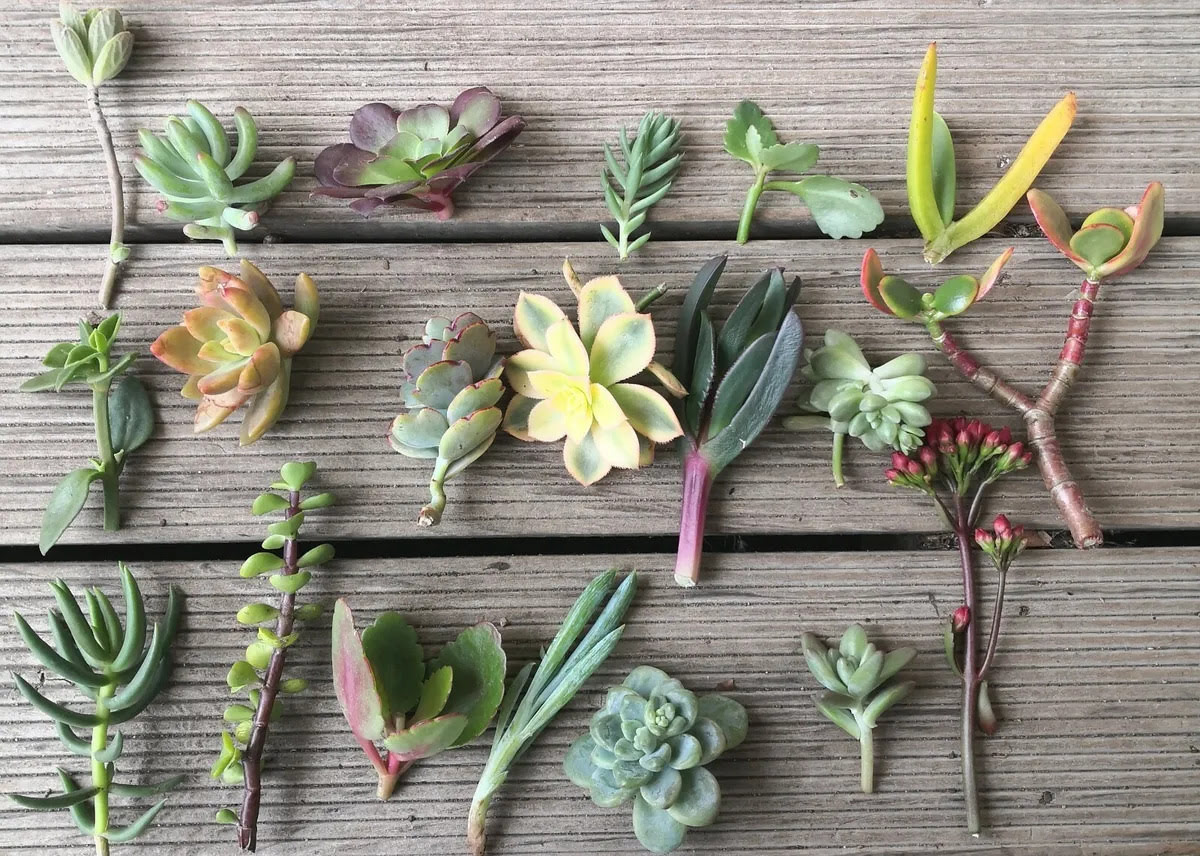

Plant Care
How To Dry Out Succulents
Modified: January 22, 2024
Learn how to properly dry out your succulents with our comprehensive guide on plant care. Keep your succulents thriving with our expert tips and techniques.
(Many of the links in this article redirect to a specific reviewed product. Your purchase of these products through affiliate links helps to generate commission for Chicagolandgardening.com, at no extra cost. Learn more)
Table of Contents
Introduction
Welcome to the fascinating world of succulents! These unique, low-maintenance plants have gained immense popularity among gardening enthusiasts due to their striking appearance and ability to thrive in various environments. While we often focus on keeping succulents alive and flourishing, there is another aspect of succulent care that deserves attention – drying them out.
Drying out succulents is a fantastic way to preserve their beauty and extend their lifespan. Whether you’re looking to create stunning dried arrangements or simply want to keep your favorite succulent as a memento, drying them out can be a rewarding and enjoyable process. In this article, we’ll explore different methods for drying succulents and provide you with valuable tips on caring for them once they’re dried.
Before we dive into the specifics, it’s important to understand that not all succulents are suitable for drying. Succulents with fleshy leaves or thick stems, such as Echeveria, Sedum, and Aloe Vera, are ideal candidates for drying. Their sturdy structure allows them to retain their shape, color, and texture even after drying. On the other hand, succulents with delicate leaves or stems, like String of Pearls or Burro’s Tail, may not fare well during the drying process.
So, if you’re ready to embark on this exciting journey of drying out succulents, continue reading as we guide you through the steps and techniques to achieve beautiful and long-lasting dried succulents. Whether you’re a seasoned plant enthusiast or just starting your succulent collection, drying out these wonderful plants is a skill that will surely enhance your gardening experience.
Choosing the Right Succulents for Drying
When it comes to drying succulents, selecting the right plants is crucial. Not all succulents are suitable for drying, as some may lose their shape, color, or texture during the process. Here are a few key factors to consider when choosing succulents for drying:
- Sturdy Leaves and Stems: Opt for succulents with thick, fleshy leaves or stems, as these retain their shape and texture better during the drying process. Echeveria, Sedum, and Aloe Vera are great examples of succulents that are ideal for drying.
- Bright Colors and Interesting Shapes: Look for succulents with vibrant colors and unique shapes, as these characteristics will enhance the visual appeal of the dried arrangement. Succulents like Crassula ‘Campfire’ with its fiery red tones or Haworthia ‘Zebra Plant’ with its striped leaves are fantastic choices.
- Healthy and Pest-Free: It’s important to choose succulents that are healthy and free from pests or diseases. Drying out unhealthy plants may result in disappointing results, and pests can spread to other dried or living plants.
- Consider the Size: Take into account the size of the succulents you’re selecting for drying. Larger succulents may require more space and time to dry properly, while smaller ones can be easily incorporated into various dried arrangements.
Remember, the goal is to choose succulents that will maintain their beauty and appeal even after they have dried out. By considering these factors, you’ll be on your way to selecting the perfect succulents for your drying projects.
Preparing the Succulents for Drying
Before you begin the drying process, it’s essential to prepare your succulents to ensure they dry out properly and maintain their shape and color. Follow these steps to prepare your succulents for drying:
- Choose Healthy Succulents: Select succulents that are healthy, with no signs of disease or pests. Inspect the leaves and stems for any damage or blemishes. Drying unhealthy succulents may result in poor quality or brittle dried plants.
- Allow Adequate Air Circulation: To prevent mold or rot, it’s crucial to ensure that the succulents have proper airflow during the drying process. Trim away any excess foliage or branches that may impede proper airflow.
- Clean the Succulents: Gently wipe the leaves and stems of the succulents using a clean, damp cloth to remove any dust or debris. This step helps maintain the plants’ natural color and appearance during the drying process.
- Remove Excess Moisture: Succulents naturally store water in their leaves, so it’s important to eliminate excess moisture before drying. Allow the succulents to sit in a well-ventilated area for a few days to ensure any excess moisture evaporates.
By following these steps, you’ll prepare your succulents for drying and set them up for optimal results. Remember to handle the succulents with care throughout the process to prevent any damage to their delicate leaves or stems. With the proper preparation, your succulents will dry out beautifully and be ready for a variety of dried arrangements or crafts.
Air Drying Succulents
Air drying is one of the simplest and most popular methods for drying succulents. It allows the plants to naturally lose moisture while retaining their shape and color. Follow these steps to air dry your succulents:
- Harvest the Succulents: Carefully cut the succulents at their stems, leaving a few inches of stem attached to the plant. Choose healthy, mature leaves/stems for the best results.
- Arrange the Succulents: Lay the harvested succulents in a single layer on a clean, dry surface, such as a flat tray or a wire rack. Make sure to leave some space between each succulent to allow for proper air circulation.
- Find a Suitable Drying Location: Place the tray or rack in a well-ventilated area away from direct sunlight and humidity. The ideal drying location should have good airflow and moderate temperature.
- Patience is Key: Allow the succulents to air dry for approximately two to four weeks, depending on the size and thickness of the leaves/stems. During this time, the plants will gradually lose moisture and shrink, resulting in dried, preserved succulents.
It’s important to regularly check the progress of the drying process. If any succulents show signs of mold or rot, remove them immediately to prevent the spread of moisture-related issues to other plants.
Air drying is a versatile method that offers flexibility in how you can use your dried succulents. Once they are fully dried, you can create beautiful wreaths, bouquets, or shadow boxes. You can also use individual dried succulents as adornments for craft projects or incorporate them into dried flower arrangements for a unique touch.
Remember, air drying is a gradual process that requires patience and attentiveness. With proper care and ideal drying conditions, you’ll achieve stunning dried succulents that can be enjoyed for years to come.
Using Silica Gel to Dry Succulents
Silica gel is a desiccant that can be used to quickly and effectively dry out succulents. It works by absorbing moisture from the plants, resulting in faster drying times and preserved shape and color. Follow these steps to use silica gel to dry your succulents:
- Prepare the Silica Gel: Purchase silica gel from a craft store or online. Fill a shallow container with a layer of silica gel, ensuring it’s deep enough to fully submerge your succulents.
- Trim the Succulents: Prepare your succulents by trimming them at the stem, leaving a few inches intact. This will make it easier to work with the silica gel and ensure optimal drying.
- Place the Succulents in the Silica Gel: Gently place the trimmed succulents into the container, positioning them so that they are not touching each other or the sides of the container. Carefully pour more silica gel over the succulents until they are completely covered.
- Seal the Container: Once the succulents are completely covered by silica gel, tightly seal the container with a lid or plastic wrap. This will create an airtight environment, allowing the silica gel to effectively absorb moisture from the plants.
- Wait for the Drying Process: Leave the sealed container undisturbed for approximately one to two weeks, depending on the thickness of the succulent leaves or stems. During this time, the silica gel will draw out the moisture, resulting in dried succulents.
- Remove and Clean the Succulents: Carefully remove the dried succulents from the container, gently brushing off any excess silica gel. You can also use a soft brush or a can of compressed air to remove any remaining silica gel particles.
Using silica gel is a convenient and efficient method for drying succulents, especially if you are looking for a faster drying process. The dried succulents retain their shape, color, and texture, making them perfect for various craft projects or displays.
Remember to handle the silica gel with caution, as it can cause skin irritation. Avoid inhaling the dust and keep it away from children and pets. Additionally, silica gel can be reused, so make sure to store it in an airtight container for future drying projects.
Now that you know how to use silica gel to dry succulents, you can explore this method and enjoy the convenience and efficiency it offers.
Drying Succulents in the Oven
If you’re looking for a quick and controlled method to dry your succulents, using the oven can be an effective option. This method allows you to accelerate the drying process while preserving the shape and color of the succulents. Here’s how to dry succulents in the oven:
- Preheat the Oven: Preheat your oven to its lowest temperature setting. Most ovens have a minimum temperature of around 140°F (60°C). Avoid using higher temperatures as they can damage or burn the succulents.
- Prepare the Succulents: Trim the succulents at the stem, leaving a few inches of the stem intact. Remove any excess leaves or branches that may hinder the drying process.
- Place the Succulents on a Baking Sheet: Arrange the trimmed succulents on a baking sheet in a single layer. Make sure to leave enough space between each succulent to allow for proper airflow and even drying.
- Bake the Succulents: Place the baking sheet with the succulents in the preheated oven. Keep the oven door slightly ajar to allow moisture to escape and prevent the succulents from overheating. Keep a close eye on the succulents to avoid any burning or over-drying.
- Monitor the Drying Process: The drying time can vary depending on the size and thickness of the succulents. Check on them regularly to prevent over-drying. It may take anywhere from 1-3 hours for the succulents to fully dry.
- Remove and Cool the Succulents: Once the succulents are dry and have a papery texture, remove them from the oven and allow them to cool completely on a wire rack. This will ensure that they harden and retain their dried form.
It’s important to note that this method may cause a slight change in color in some succulents due to the heat exposure. However, the overall shape and texture of the plants will be well-preserved.
Always prioritize safety when using the oven – avoid leaving the oven unattended and be cautious when handling hot baking sheets or succulents. Keep the area well-ventilated to prevent any potential odor or smoke.
Drying succulents in the oven is a convenient option when you need quick results or when the natural drying process is not feasible. With proper monitoring and care, you can successfully dry your succulents in the oven and enjoy their beauty in various crafts and displays.
Caring for Dried Succulents
Once your succulents are dried and ready to be displayed or used in crafts, it’s important to provide them with proper care to ensure their longevity. Although dried succulents do not require regular watering like their living counterparts, they still need some attention. Here are a few essential care tips for dried succulents:
- Keep Them Dry: Dried succulents are fragile and prone to damage when exposed to moisture. It’s crucial to keep them away from humid environments or areas prone to water splashes. Moisture can cause discoloration, mold, or even rehydrate the plant material.
- Handle with Care: Dried succulents can be delicate, so handle them with caution to prevent any breakage or damage. If you’re using them in crafts or arrangements, be gentle when arranging or gluing them, ensuring they remain intact.
- Protect from Direct Sunlight: Although succulents thrive in sunlight when they are living, dried succulents can fade or become brittle when exposed to prolonged direct sunlight. Display them in a location where they receive indirect light or use UV-protective spray to maintain their color.
- Regular Dusting: Dust can accumulate on dried succulents over time, dulling their appearance. Gently dust them with a soft brush or compressed air to remove any particles and restore their natural beauty. Be careful not to apply too much pressure to avoid damaging the delicate leaves.
- Avoid Excessive Handling: While it’s tempting to touch and play with dried succulents, too much handling can cause them to break or lose their shape. Minimize unnecessary touching and movement to preserve their delicate structure.
By following these care tips, you can keep your dried succulents looking vibrant and beautiful for an extended period. Whether they are displayed as standalone decorations or incorporated into various crafts, proper care will ensure that they remain a stunning addition to your home or project.
Remember, dried succulents are a fantastic way to enjoy the beauty of these plants long after their living phase. With a little care and attention, they can be treasured for years to come.
Creative Ways to Use Dried Succulents
Dried succulents hold endless possibilities when it comes to creative projects and designs. Their unique shapes, colors, and textures make them perfect for incorporating into various crafts and displays. Here are some creative ways to use dried succulents:
- Dried Floral Arrangements: Arrange dried succulents with other dried flowers and foliage to create beautiful and long-lasting floral arrangements. Combine different textures and colors to add depth and interest to your displays.
- Wreaths and Garlands: Use dried succulents to craft stunning wreaths or garlands. Select a mix of different sizes and shapes to create an eye-catching arrangement. Hang them on doors, walls, or as table centerpieces for a touch of natural elegance.
- Shadow Boxes and Framed Art: Embed dried succulents in shadow boxes or frame them to create unique pieces of botanical art. Arrange them in creative patterns or use them as focal points within the frame.
- Jewelry and Accessories: Create one-of-a-kind jewelry pieces by incorporating dried succulents into necklaces, bracelets, earrings, or brooches. Coat them with resin or use a clear protective sealant to ensure durability.
- Home Décor and Terrariums: Add dried succulents to your home décor by placing them in decorative bowls or trays. You can also create your own mini terrariums using dried succulents, preserved moss, and interesting rocks or sand.
- Greeting Cards and Stationery: Use dried succulents as embellishments for homemade greeting cards or stationery. Glue them onto the paper or use double-sided tape to attach them, adding a unique and natural touch to your handmade creations.
- Wedding Decorations: Incorporate dried succulents into wedding decorations, such as table centerpieces, boutonnieres, or bridal bouquets. Their charm and longevity will add a distinctive element to your special day.
These are just a few examples of the countless ways you can use dried succulents. Let your creativity flow and experiment with different materials and techniques to showcase these beautiful plants in your projects.
Remember to handle dried succulents with care and ensure they are properly secured in your creations. With their everlasting appeal, dried succulents can bring a touch of nature’s beauty into your life in a variety of creative and imaginative ways.
Conclusion
Exploring the world of drying succulents opens up a plethora of creative possibilities. By carefully selecting the right succulents and using various drying methods such as air drying, silica gel, or oven drying, you can preserve their beauty, shape, and color for years to come.
Remember to prepare your succulents properly before drying, ensuring they are healthy and free from excess moisture. Handling them with care throughout the drying process will prevent any damage or breakage. Once dried, take the time to care for and protect your dried succulents to maintain their vibrant appearance.
The versatility of dried succulents offers numerous opportunities to incorporate them into your creative projects. From floral arrangements and wreaths to jewelry and home décor, the possibilities are endless. Let your imagination run wild as you experiment with different crafts and designs, using dried succulents as nature’s artistry.
Whether you’re a seasoned DIY enthusiast or just starting to explore the world of succulents, drying these remarkable plants will provide an exciting and rewarding experience. Not only will you be able to enjoy the beauty of succulents in their dried form, but you’ll also have unique pieces to showcase and share with others.
So, unleash your creativity, experiment with different methods, and dive into the wonderful world of drying succulents. Discover the joy and satisfaction that comes from preserving nature’s treasures and incorporating them into your artistic endeavors.


